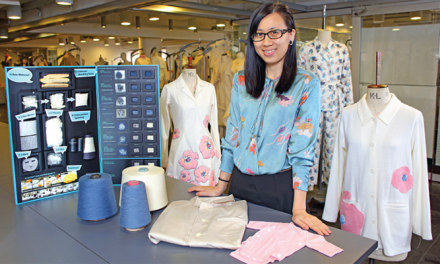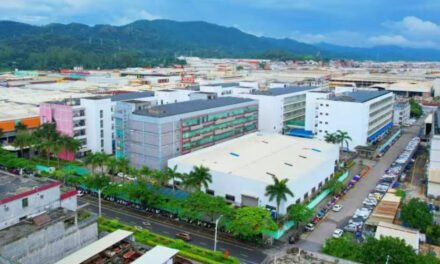Eurojersey has adopted the PEF (Product Environmental Footprint) declaration, which evaluates the environmental footprint of its entire manufacturing cycle of textiles. Eurojersey, based in Italy, manufactures and distributes warp-knitted fabrics. The company offers fabrics to manufacture underwear, swimwear, sportswear, and ready to wear clothes.
As part of Eurojersey’s SensitivEcoSystem programme set up in 2007, aimed at reducing environmental impact through improved efficiency, the company declares its environmental footprint with PEF with the certification PEF 010/19 awarded by Certiquality, issued in April 2019. PEF is the method to evaluate the environmental footprint of its activity by measuring 16 indicators involved in the analysis, including: the energy footprint, the carbon footprint, the water footprint, eco-toxicity, the eutrophication of freshwater and seawater, the deterioration of lakes and forests caused by acidic emissions.
On evaluating the water footprint, which determines the impoverishment of water resources by human activities carried out in a given area, the environmental impact of Eurojersey’s production of one square metre of dyed fabric turns out to be equivalent to 1.3 – 4.1 cubic metres of water. If we consider that the footprint determined by one 0.75 litre bottle of still wine is equivalent to 1.27 cubic metres of water, its impact is, therefore, comparable to the environmental footprint of one square metre of fabric. The carbon footprint, which measures the impact of greenhouse gas emissions on climate change, has shown that one square metre of dyed fabric has produced an environmental impact ranging from 1.01 to 2.77 kg of CO2eq. The footprint of one kg of pasta is equivalent to 2.11 kg of CO2eq. The energy footprint of Eurojersey has evidenced that one square metre of dyed fabric has produced from 17.28 to 47.07 MJ. Such an impact is comparable to that associated with a Euro 5 vehicle covering a distance of 10 km equal to 49.1 MJ.
Eurojersey has calculated the environmental cost that lies behind the economic value of a product in euros by considering the damage caused by carbon dioxide emissions throughout the product life cycle, which is equivalent to about 0.30 per one sq. mtr euro of dyed fabric. These costs have been calculated using the economic index contemplated by EPA (United States Environmental Protection Agency. Technical Support Document: Technical Update of the Social Cost of Carbon for Regulatory Impact Analysis- April 2016). With PEF, Eurojersey has responsibly faced the issue of assessing the company’s environmental impact and has intended as a process for identifying increasingly innovative solutions for an ever more sustainable future for all of us.






















